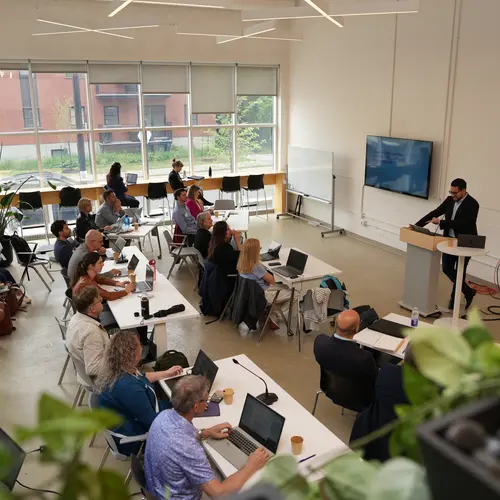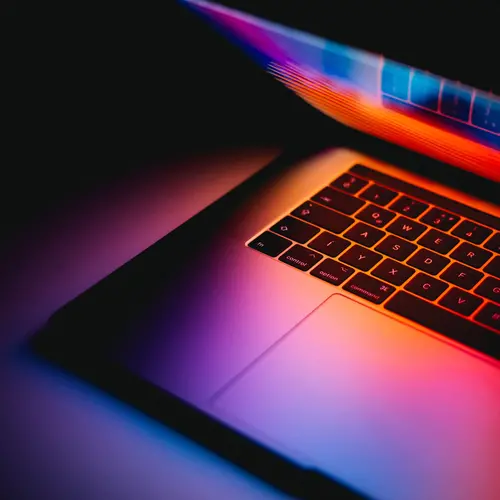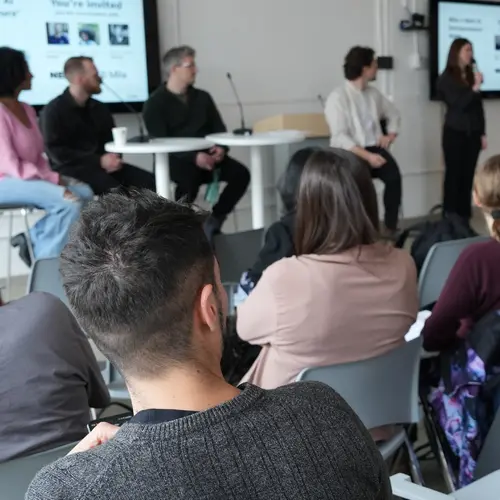
David Meger
Biographie
David Meger est professeur adjoint à l'École d'informatique de l'Université McGill. Il codirige le Laboratoire de robotique mobile au sein du Centre sur les machines intelligentes, qui est l'un des groupes de recherche en robotique les plus importants et les plus anciens du Canada. Les travaux de recherche du professeur Meger portent notamment sur les robots à guidage visuel dotés d'une vision et d'un apprentissage actifs, sur les modèles d'apprentissage par renforcement profond qui sont largement cités et utilisés par les chercheurs et l'industrie dans le monde entier, et sur la robotique de terrain, y compris les déploiements autonomes sous l'eau et sur la terre ferme. Il a été le président général de la première conférence conjointe CS-CAN au Canada en 2023.



